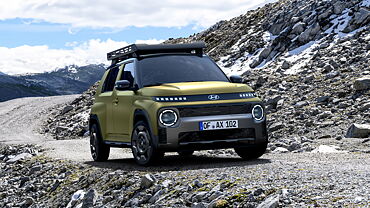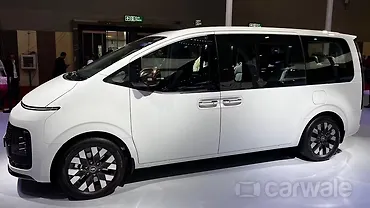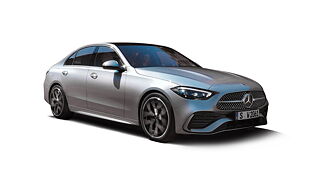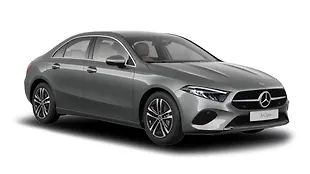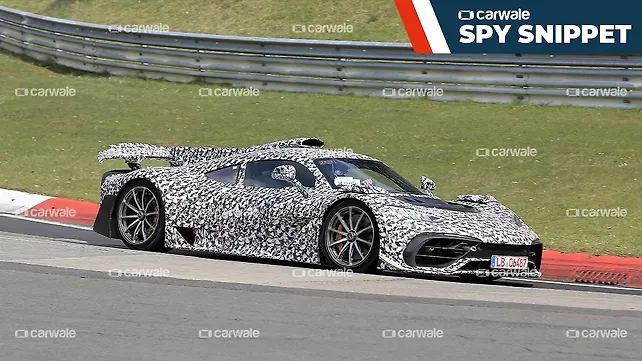
- Deliveries have been further delayed due to the ongoing pandemic.
- V6 hybrid powering the AMG One will make as much as 1,000bhp and rev up to 11,000rpm.
What you see here is the much awaited Formula 1-engined Mercedes-AMG One being pushed hard at Germany’s Nurburgring race circuit. Despite being wrapped in heavy camouflage, the Project One test car looks almost identical to the one that appeared at the Frankfurt Motor Show in September 2017. The car’s large front grille and thin headlights can clearly be seen, as can the small tail fin that’s fixed atop the engine cover.
The test car, however, does not feature the carbon fibre panels – inspired by F1 barge boards – behind the front wheels. The tail-light design is also far more basic than the production version, but these are probably used for testing purposes. All 275 examples of the Project One have already been sold, according to Top Gear, each with a price tag of 2.7 million Euros. Deliveries had been set to begin in late 2019 or early 2020 but have been postponed due to the coronavirus crisis.

Behind the Project One’s cockpit sits a 1.6-litre turbocharged V6 hybrid engine – the very same unit that powered Lewis Hamilton’s F1 car to the world championship in 2015. The motor itself is assembled by the Mercedes-AMG F1 team’s engine division in Brixworth, near Northampton, in the UK. The V6 hybrid is expected to produce around 1000bhp and rev up to 11,000rpm, which is just 1,000rpm shy of the F1 car’s limit.
There are also four electric motors on the Project One. These include two coupled to the engine to improve torque, while the other two are connected to the front wheels. Power is therefore delivered to both the front and rear axle, making the hypercar an all-wheel drive.
The challenge of putting an F1 engine into a road car is keeping it cool. F1 cars need to be driven fast to keep cool, as the large volume of radiators and ducts suck air in at high speeds. For the Project One, Mercedes-AMG has fitted a large air scoop above the cabin, along with two separate ducts to help cool the engine and gearbox. The large vents at the front of the car may also be used to cool the engine and brakes. Inside, the hypercar gets a space-age cabin that comes equipped with a large screen in the centre console and another behind the steering wheel. The panel next to the driver shows real-time video from the Project One’s rear camera, while the screen in front of them shows the car’s rev counter and speed. The wheel has also been inspired by the company’s F1 cars, boasting LED shift lights and two controllers that can be used to toggle the hypercar’s driving and suspension modes.













